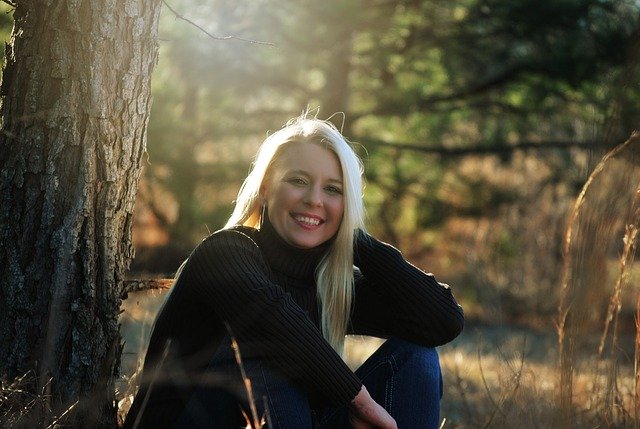Joe Coulombe took over a tiny chain of convenience stores around the LA region in 1958. Those were called Markets Pronto. The entire idea was fast. Soon-fast, right? So it was convenience stores before we even knew what convenience stores were. The sort of place where you could get anything from, say, some pantyhose to a pack of gum.
The convenience store formula, after 10 years of running Pronto Markets, just didn’t continue to make sense. So, Joe, the classic entrepreneur, took notice of the rising trends of the United States as a result of the G.I. Bill of Rights, a massive mass higher education project, and recognized an opportunity to offer … something new.
The first store by Trader Joe opened in Pasadena, California, in 1967. (That store is still there. It’s still in business. It still has the same parking lot.) The store had a nautical theme and it was operated by people who were known as “high seas traders.” At the time, Joe was reading a book called “Black Shadows in the South Seas,” and he’d been on the Disneyland Jungle Cruise, so it’s all … coalesced together. Trader Joe’s crew members call themselves “Culinary Sea Traders” to this day and are known for their colorful, tropical-patterned shirts and for being generally sweet, friendly, and well-informed.
Since instead, in 1972, Joe launched for Trader Joe’s a true game-changer … Granola: Granola. Yet not just any granola. It was the product of the first private label, Trader Joe. We never looked again, after granola.
Focusing on private labels (products named as “Trader Joe” on them) streamlined a number of stuff, and eliminated a lot of costs – no more slotting fees, promotion fees, intermediate fees… They passed those savings on to our consumers (yet) since the importance of Importance is invaluable. And “Value” means to us delivering the highest quality goods at the cheapest, regular prices.
Therefore, as they do today, they realized that keeping our everyday emphasis on value is important, which is why they don’t have any discounts, loyalty plans, membership fees, or any other gimmicks. Then this is what we are doing:
- If possible, they buy directly from manufacturers, negotiate hard to get the best deal, and then pass on the savings to you.
- When an object in our stores doesn’t pull its weight, it goes over to the gangway for something else.
- To receive the best rates, they buy in volume and contract early.
- Many grocers charge fees for placing an item on the shelves for their suppliers. It causes higher costs … So they are just not doing it.
- They keep our costs low — because every penny they earn you earn is a profit.
Where were we, then …?
When Joe retired in 1988, there were 19 stores to Trader Joe’s. John Shields took over as CEO and saw the opportunity to transfer the concept of this grocery store across geographic boundaries, starting with a Northern California entry. First came California, followed by the Pacific Northwest, and … by 1996 on the East Coast we had opened our doors. John understood that decentralized, aligned decision-making would help make our growth easier. Nearly a decade later, the nation had 150 Trader Joe’s outlets.
Dan Bane took on the role of Chairman and CEO in 2001 and focused on making us a national neighborhood grocery store chain. Today we have more than 500 stores in 42 states and the Columbia District, and counting …

Walnut Creek has some of the best shopping COVID-safe grocery shopping destinations in the entire area. Our Top 9 List includes:
- Nob Hill Foods
- Safeway
- Sprouts Farmers Market
- Lunardi’s Markets
- Sunnyvale Market & Deli
- Whole Foods Market
- Kasra Market
- Diablo Oriental Foods
Click on the name for our articles introducing each one of these amazing locations!
